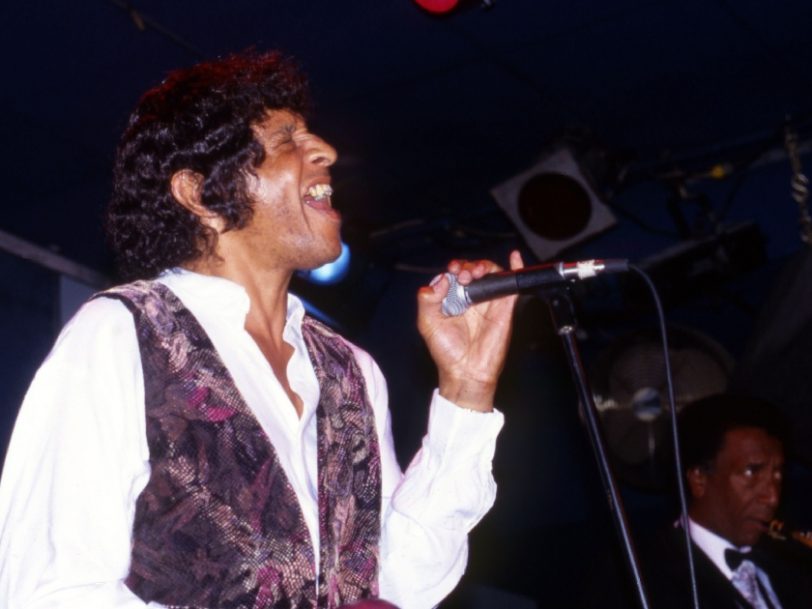Arthur Lee’s band Love, one of the first racially diverse US rock groups, were well known around Los Angeles when they went in to record their self-titled debut album at Sunset Sound Recorders studio in Hollywood in late January 1966.
The album’s 14 tracks, mostly recorded over three action-packed days, capture the energy and spirit of a band that lead guitarist Johnny Echols described as a “really, really loud, brash, guitar-driven group with a distinct ‘live’ sound”.
Listen to Love’s debut album here.
Rising stars of the 60s
Lead vocalist Arthur Lee Porter, who was born in Memphis on 7 May 1945, moved with his family to Los Angeles when he was a child. He and Echols became friends and bandmates in their teenage years, playing Hollywood clubs such as The Brave New World, where they teamed up with Bryan MacLean, a rhythm guitarist who had been a roadie for The Byrds. For a time, they called themselves The Grass Roots but changed that name because of a clash with a band called Grassroots. Lee said he was driving his car when the name Love came to him, and it seemed to sum up the psychedelic atmosphere of the time.
Jac Holzman, president of Elektra Records, was told about the band by Herb Cohen, the manager, at different times, of Linda Ronstadt, Frank Zappa, Tim Buckley and Tom Waits. Holzman was impressed by the crowds the band was able to draw at venues such as the Whisky A Go Go, and – along with producer Mark Abramson – co-produced their debut album.
“Loud, raucous, minimalist rock”
Love, who also featured Ken Forssi on bass guitar and Alban “Snoopy” Pfisterer on drums, brought with them very eclectic influences in music – their various tastes included show tunes, the jazz of John Coltrane, the country music of Hank Williams, the soul of James Brown and the rock’n’roll of Little Richard and Chuck Berry – and they wove their influences into an interesting tapestry on Love’s self-titled debut album: a mixture of sounds that Echols called “loud, raucous, minimalist rock”.




